General Electric has unveiled its new line "Link" smart LED light bulbs, which can be controlled by an iOS device and start at $15 for individual bulbs and $49 for a starter kit complete with two bulbs and a link hub. The product is being developed in collaboration with design company Quirky, which will make the smart LED bulb accessible in a future update to its Wink [Direct Link] app.
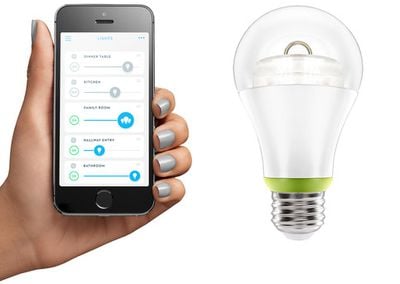
The GE Link will be available in three variations:
- 60-watt replacement soft white (2700K) LED bulb, or A19 shape, commonly used for general lighting in table and floor lamps.
- Indoor soft white (2700K) floodlight LED, or BR30 shape, installed as downlighting found in dining room, living room or other entertainment spaces.
- Indoor/outdoor-rated bright white (3000K) spotlight LED, or PAR 38, used for outdoor security or spotlight.
The Wink app will allow users to adjust brightness settings and create settings for specific environments and situations. Users will also be able to turn specific lights remotely at any given time, useful for vacations or extended periods away from home.
GE's Link enters a growing market of smart LED lightbulbs that is led by the Philips Hue, which was introduced two years ago and has expanded to a wide variety of products. The Philips Hue Starter Pack retails for $199 and comes with three bulbs in addition to a connection bridge, while the GE Link's starter kit is being sold for $49.
A number of companies are also creating home appliances that can be controlled by iOS devices under Apple's new HomeKit initiative, which allows products and their apps to work with iOS services using a unified protocol. Apple itself is also rumored to be developing smart home products for HomeKit.
Interested customers can pre-order the GE's line of Link smart LED lightbulbs from Home Depot's official website.
Update: As noted by some, GE's Link smart LED lightbulbs require a link hub. The link hub and two Link bulbs are being sold as a starter kit for $49.97.


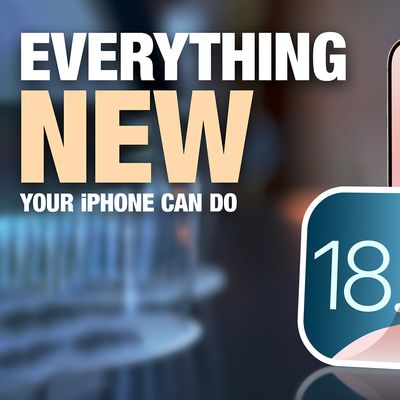

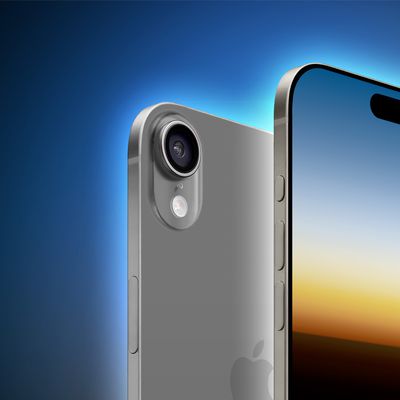


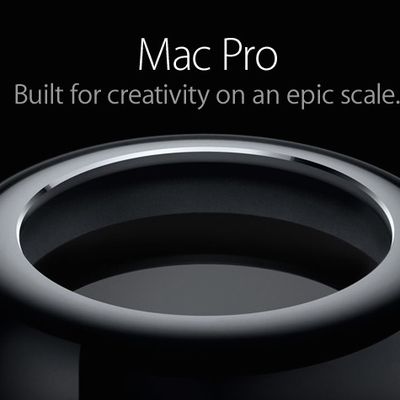
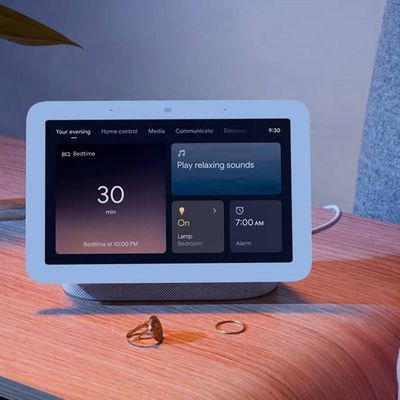
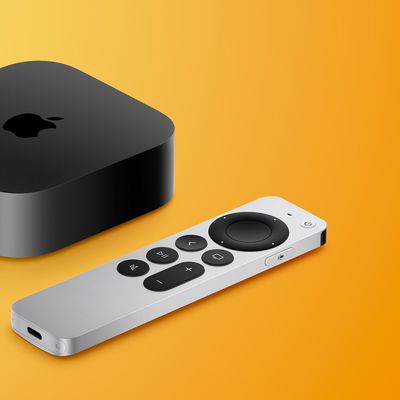














Top Rated Comments
GE: [shakes fist] DAMN YOU PHILLIPS, DAMN YOU TO HELL, YOU AND YOUR OVERPRICED BULBS!
Space Grey to you man, have you no culture?
That's what autocorrect does when you accidentally put the a before the n. It deletes the e for you and removes the wavy red line that would have alerted you to the error.
Frankly the bulb will probably outlast your wifi network. And good luck finding replacement part after even a few years, yet alone the life of the bulb.
Besides the wifi portion of the device probably doesn't add much "real cost" or complexity of the hardware. Making it modular would just increase the size, points of failure and probably increase the cost as well.
Due to the nature of the device they would be nearly all sold as bundles, there would just be no market to ever sell the replacement bulb without the controller.
If you want a modular solution, get a wifi wall switch instead and then use any bulb you want.
Frankly if you just want wifi lighting, get a wifi switch, instead of wifi bulbs. At 60watts most rooms need a lot of bulbs.